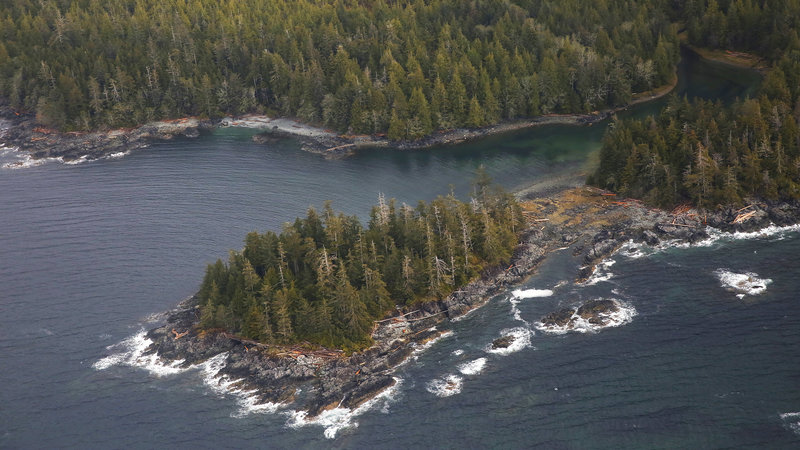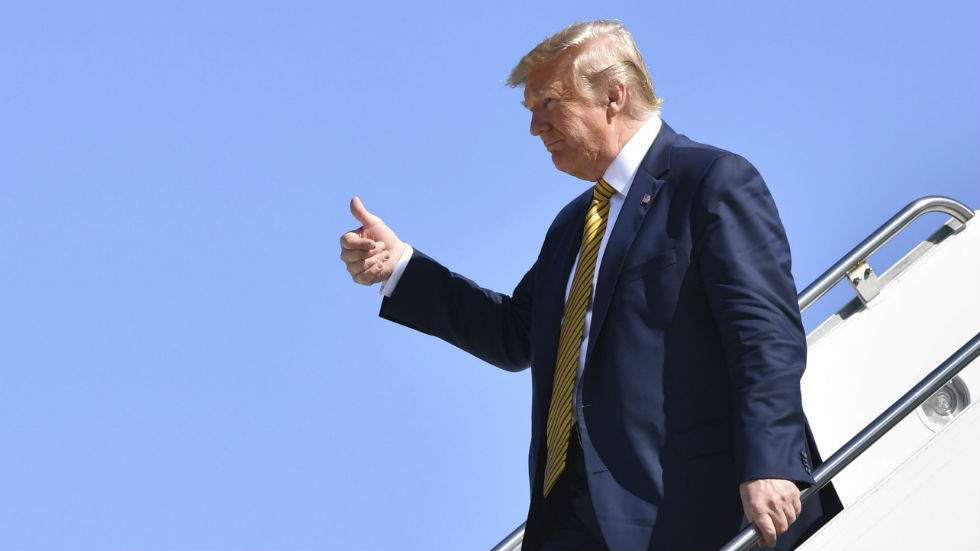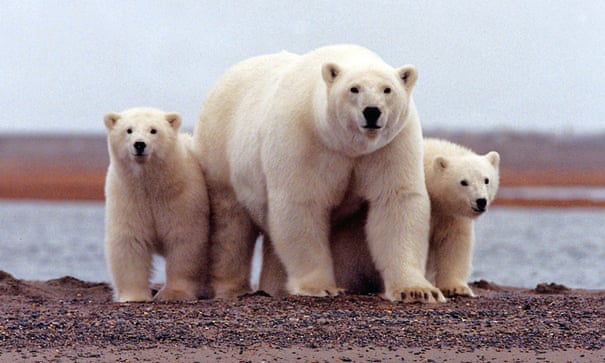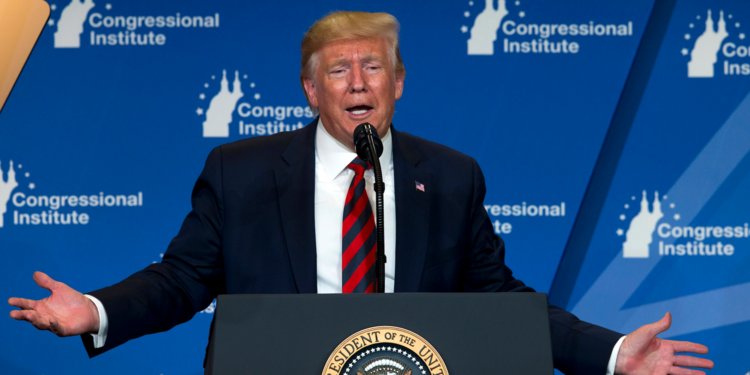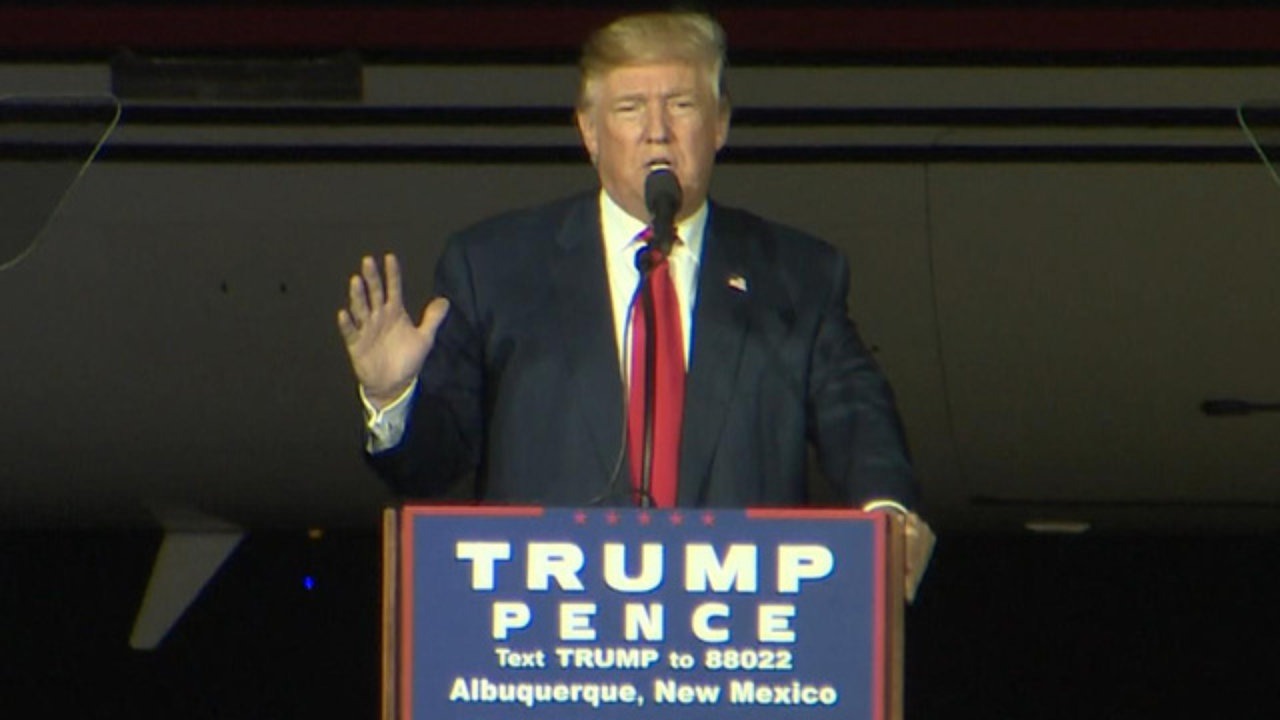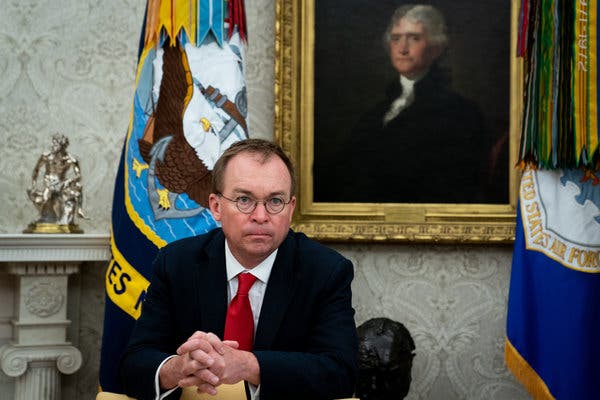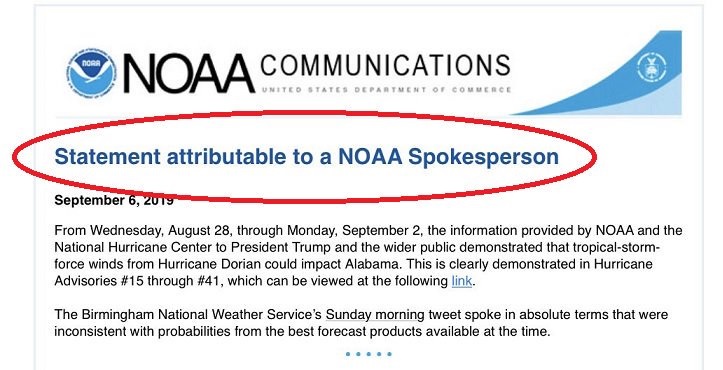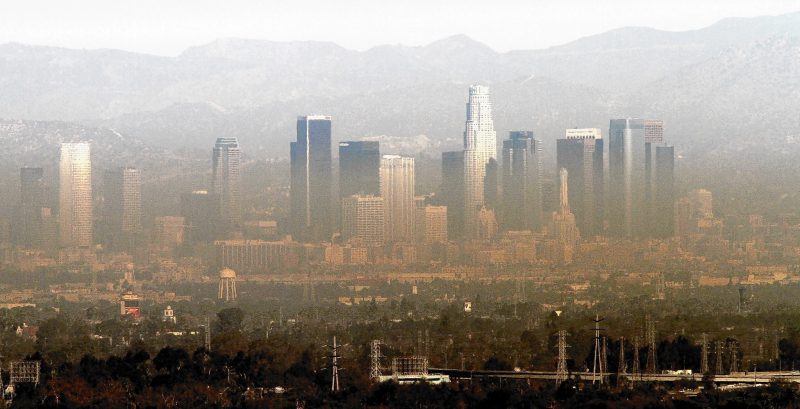Trump formally pulls out of landmark Paris climate agreement
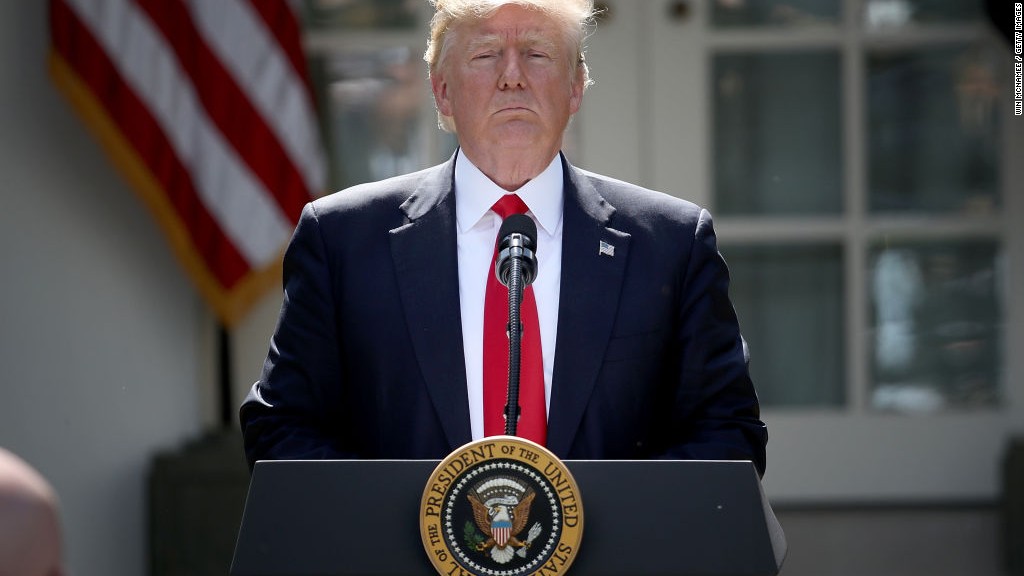
President Trump on Monday began the yearlong process of withdrawing the U.S. from the Paris climate accord.
The official announcement cements a promise Trump made in the White House Rose Garden in 2017 when he first announced his intention to withdraw from the global climate change agreement signed by every other country in the world.
Secretary of State Mike Pompeo announced the move in a statement.
“President Trump made the decision to withdraw from the Paris Agreement because of the unfair economic burden imposed on American workers, businesses, and taxpayers by U.S. pledges made under the Agreement,” Pompeo said. “The United States has reduced all types of emissions, even as we grow our economy and ensure our citizens’ access to affordable energy.”
“The U.S. approach incorporates the reality of the global energy mix,” he added, arguing “innovation and open markets” will drive emissions reductions.
Trump’s views on the deal have been widely criticized by Democrats, environmentalists and even some Republicans, who say the U.S. is abdicating global leadership at a time when urgent action is required to stem the most dangerous impacts of climate change.
“It is shameful. It is cowardly when we need to be brave and act boldly. Long after the rest of us are gone, future generations will remember this president’s failure to lead on the greatest environmental challenge of our time,” said Sen. Tom Carper (Del.), the top Democrat on the Senate Environment and Public Works Committee.
“By breaking America’s commitment to the Paris Accord, President Trump is reducing America’s standing in the world,” Carper added.
The president has repeatedly boasted about already withdrawing the U.S. from the deal, despite the rigid timelines required by the agreement for nations seeking to leave it.
The agreement allowed the U.S. to begin the process to withdraw on Monday and finalize the U.S. exit from the agreement on Nov. 4, 2020 — just one day after the presidential election.
The process will kick off just weeks ahead of a United Nations summit in Spain, where leaders will hammer out final details for complying with the agreement.
Democrats have already asked U.S. Ambassador to the United Nations Kelly Craft to recuse herself from the withdrawal process, given her financial and personal ties to the fossil fuel industry. Craft’s husband, Joe Craft, is CEO of Alliance Resource Partners, one of the largest coal companies in the U.S.
Recommitting the U.S. to the Paris climate accord has become a box to tick for Democrats running for president in 2020, most of whom have said they would do so their very first day in office.
While some Republicans may have changed their rhetoric on the realities of climate change, many remain opposed to the deal, arguing the U.S. should not have to make efforts to curb emissions without more efforts from other countries first.
House Democrats have taken steps aimed at preventing Trump from leaving the climate pact, passing a resolution in May that would block the move.
Senate Majority Leader Mitch McConnell (R-Ky.) immediately said the bill “will go nowhere” in the Senate.
Climate experts have called the Paris deal the price of admission to the climate conversation, but warn that even the near-global effort may fall short of the action necessary to limit rising temperatures.
The landmark 2015 agreement signed by former President Obama requires the U.S. to reduce emissions about 28 percent below 2005 levels by 2025.
The withdrawal kickoff earned harsh rebuke from environmental groups.
“Donald Trump is the worst president in history for our climate and our clean air and water. Long after Trump is out of office, his decision to withdraw the United States from the Paris Agreement will be seen as a historic error. Trump has once again demonstrated that he is more interested in catering to the interests of the world’s worst polluters than he is in listening to the American people,” the Sierra Club said in a statement.
The Natural Resources Defense Council (NRDC) called the move a “grave and reckless mistake.”
“Climate change won’t be solved without a global effort. It won’t happen without U.S. leadership. It won’t happen as long as the world’s second-largest climate polluter is backsliding on the climate pledge it has made to the rest of the world,” NRDC President Mitch Bernard said in a statement.
[The Hill]
